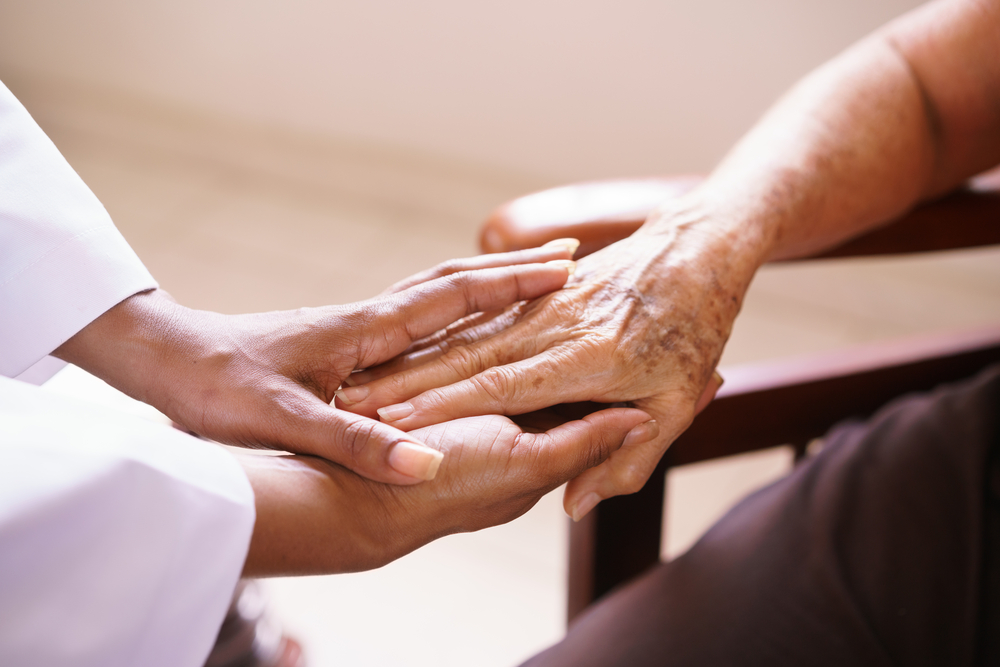Study Reveals Multiple Myeloma Treatment Disparities Between Caucasian, African-American Patients
Written by |

Celgene Corporation recently presented a study comparing overall survival, treatment patterns, and healthcare costs between Caucasian (white-skinned) and African-American Medicare beneficiaries who were diagnosed with multiple myeloma, revealing there are discrepancies in treatment initiation between the two patient populations and discussing the impact of these inequalities on clinical outcomes.
The study was presented at a poster session during the 52nd ASCO Annual Meeting in Chicago by Dr. Sikander Ailawadhi of the Mayo Clinic.
Multiple myeloma is the second most prevalent blood cancer in the U.S, and the most common form of blood cancer affecting African Americans, who are twice as likely to be diagnosed with the disease.
The therapeutic progresses seen over the past decade have significantly improved outcomes for patients with multiple myeloma when they have access to timely care and treatment.
“African Americans may be more at risk for developing multiple myeloma than Caucasians. However, they often can have a better prognosis when they get the proper care,” said Dr. Manali Patel of the Stanford Cancer Center and an investigator in the study, in a news release. “Through studies like this, we are trying to better understand potential modifiable drivers of these disparities to improve outcomes for African Americans living with multiple myeloma.”
Researchers analysed data from 2,200 Caucasian and 536 African American patients with a diagnosis of multiple myeloma who were in the Surveillance, Epidemiology, and End Results Program (SEER) Medicare database (2007-2011). Patients taking part in the study had to be enrolled in Medicare Part A, B, and D for six months before and for a minimum of six months after the study period (unless they died).
The findings of the study indicate that compared to Caucasians with multiple myeloma, African Americans with the disease have less access to autologous stem cell transplant (6 percent vs. 3 percent), and novel combination therapies (74 percent versus 66 percent).
Compared to Caucasians, the average times from diagnosis to treatment initiation and novel therapy initiation was longer for African Americans (1.7 months vs. 2.3 months and 3.1 months vs. 5.3 months, respectively).
However, the results indicated that the rate of overall survival was similar between Caucasians and African Americans (30.0 months versus 26.7 months), as well as the total healthcare costs. Still, African Americans were found to spend more money on hospitalizations, skilled nursing facilities, and emergency visits.
“Treatment disparities exist between African American and Caucasian patients suffering from multiple myeloma,” said Dr. Mohamad Hussein, vice president of Global Medical Affairs for Celgene. “At Celgene, we believe it is imperative to improve education, awareness, and treatment access among African Americans, particularly since they are more predisposed to being diagnosed with the disease.”
To address this treatment disparity and access for African American patients with multiple myeloma, Celgene created the “Standing in the Gaap for African Americans with Multiple Myeloma,” a program to spread the word about how multiple myeloma affects African Americans, and to improve the quality of their care.
The program also aims to help improve disease knowledge and empower African-American patients to be more informed in their care, and to improve enrollment in multiple myeloma clinical studies, which are essential to accelerate knowledge gathering and new discoveries for this highly fatal form of cancer.






